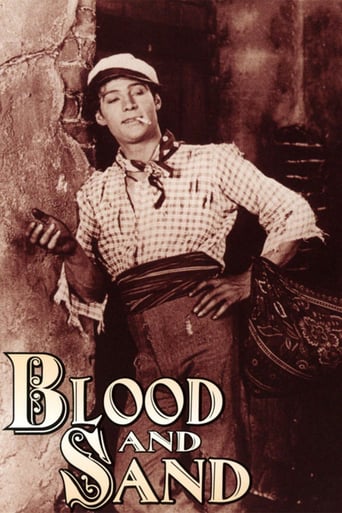JohnHowardReid
Problems! Where to start? Well, I suppose the first thing is the condition of the print. I am reviewing the Alpha print. It is in just watchable condition. The music score? I don't remember, even though it is just on 24 hours ago that I ran the Alpha DVD. After about 20 minutes, I turned the DVD off because the pace was funereal. I decided to turn the movie back on and try watching it at twice the recommended speed. To my surprise, this experiment was extremely successful. I emphasize the words "surprise" and "successful". There was still plenty of time to read all the captions with no straining or effort on my part at all -- and as you might expect, as the movie was based on the famous novel, there were far more captions than scenes! There was plenty of time to read the captions and some of the scenes -- and by no means all the scenes themselves -- did now run just a little too fast. But that was far more comfortable than the Alpha DVD's funereal pacing.I thought that Valentino gave a rather glum performance. The ladies, particularly Nita Naldi, were more pleasingly animated. Fred Niblo's direction was competent but nothing special. And Fred did nothing to disguise obvious inserts of old stock footage, particularly in the bull-ring scenes. It's also true that a better print (and music score!) would definitely give the movie a higher overall rating!
MissSimonetta
When it comes to Blood and Sand (1922), I like Valentino's sensual, sensitive performance as the ill-fated matador and Nita Naldi is fun, if a little over-the-top, as his evil mistress, but this film is too preachy, undercutting the tragedy of the story. I also feel there's a misogynistic undercurrent, where women are sorted in the ingénue/vamp dichotomy (Nita Naldi is the wicked woman who enjoys sex and lures Valentino away from Lila Lee, his innocent and sexually modest wife) and men are expected to have "a good love and a bad love."Still, the production values are nice and this is one of Valentino's better performances, a step up from his kitschy Wile E. Coyote histrionics in The Sheik (1921). And yet still, I'd rather watch The Sheik over this, as it's a lot more fun. Blood and Sand is a drag.
hte-trasme
"Blood and Sand" tells us many times how cruel and dangerous it believes bullfighting to be, but in terms of what it actually shows us, it seems far more interested in the romantic qualities of Rudolph Valentino and his larger-than-life love triangle.Valentino gives a legitimately good performance, but even the love story loses some of its immediacy from the fact that "Blood and Sand" takes its subject at some distance, periodically stepping back and focusing on the scholar who foreshadows the matador's end. This also allows some of the characterization to go without being fully realized. When all is said and done it is neither believable as an anti-bullfighting film nor totally involving as a story of a love triangle, but some of the elements, including the performances and some excellent symbolic imagery, are well realized.
netwallah
A vehicle for Rudolph Valentino, who is magnetic enough almost to make up for the banal plot and the confused characterization. As the son of a cobbler turned famous bullfighter, Valentino swaggers, poses, moves gracefully, tosses his head, dresses in foreign costumes, and lowers his head so he can look smoulderingly out of those big, dark eyes. But he also recoils from the dancing girl who tries to kiss him after they've been dancing a fiery dance with castanets and everything, with a quivering look of disgust, lip curled, flared nostrils, the works. He is swoony over his wife, and then over the bad woman, whose house is strangely oriental—Moorish, I suppose. He is confident in public at one moment and a shy rube at another, and a lot of the time with the bad woman he seems to have been, well, unmanned, dominated by her will (symbolized by a serpent ring she gives him). Of course things do not go well, and his friend and alter-ego the bandit is shot at the arena and Juan is gored. Probably Valentino fans were not looking for a coherent story line—just a lot of great images of his face and form. It might as well be a fumetto. The film-makers preface the story with a fake disclaimer about the cruelty of bull-fighting, which they touch on every once in a while with the fulminations of an old priest or philosopher who rails with unspanish heat about the curse of the cruel sport. It's fake because the film itself loves the ritual and costume and excitement, and Valentino looks great in the Toreador suit.




